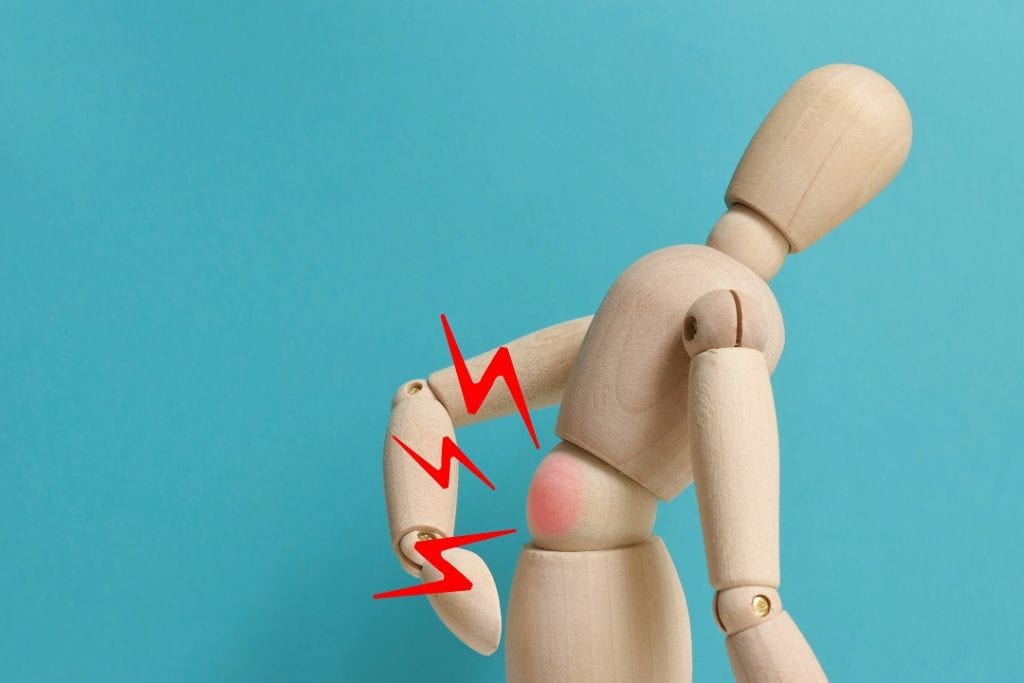If you have had chronic hamstring pulls, low back pain or tightness, hamstrings or calves that are always tight, hip or ankle/foot issues, there is a good chance that your butt doesn’t work (1).
In my 12 years as a fitness trainer and massage therapist (over 7 years doing Bowenwork), I have discovered that weak, inactive or misfiring glutes can allow the body to overuse the iliopsoas as well as hamstrings and low back.
One of the most common causes of decreased neuromuscular efficiency in the gluteals is brought about through reciprocal inhibition. RI is a principle whereby a tight muscle will cause decreased neural input to its functional antagonist (opposing muscle). EMG data has demonstrated that tight muscles have a propensity to activate easier and at times when they would remain less active. From a mechanical perspective, a tight muscle will also limit the range of motion that its antagonist can move through. In the case of the glutes, a tight iliopsoas will mechanically cause a decrease in the hip extension as well as neurologically cause a decrease in neural drive to the glutes. When the neural drive decreases, it will no longer produce the same amount of force or proper timing. In order to maintain the same productivity of a given movement pattern (i.e., hip extension), the synergists (hamstrings, add magnus, erector spinae) must take up the slack. This is known as synergistic dominance. (2)
Synergistic dominance produces a movement pattern that occurs with altered neurological and mechanical control. The synergists take over the role of prime movers, and the nervous system will now respond to them by increasing their neural drive. A tight iliopsoas will mechanically limit the glutes movement through its functional ROM and thus can’t be utilized as much during movement. This restriction will also decrease the neural drive to the glutes. Fortunately, this process will also work in reverse. If we increase the neural drive to the glutes, we can decrease the drive to the iliopsoas helping to decrease the chronic tension.(3)
Doing Specific Bowenwork procedures can temporarily increase the neural drive to the glutes as the iliopsoas begins to relax.(4) The next step is to correct the muscle firing pattern and strengthen the glutes. Doing lunges, squats and bridges will not change the timing or synergistic dominance that has been created by the inhibition since the synergistic muscles must also be activated with these exercises. We must first focus the neural drive to the glutes before we do multi-action exercises, as Paul Chek says, “Isolate then integrate”.
I do this by having my clients do a simple glute contraction. This is to be done very specifically. I have clients lay on their backs with knees bent and feet flat on the floor. This position makes it very easy to see if the there is compensation (are they activating the synergistic muscles first?). The glute contraction must happen in isolation with no other muscles activating (i.e., stomach, pelvic tilt, hamstrings, pelvic floor). Doing the glute contraction and getting the glute to fire in isolation first, will help to correct the neural drive patterns and increase the stability of the hips and legs.
Because of the synergistic dominance pattern that happens with weak glutes, this exercise will not only help to keep the iliopsoas from tightening again, it will also help with chronic hamstring and low back issues as well.
1. When the Diagnosis Is ‘Dead Butt Syndrome By JEN A. MILLER
2. Theoretical basis for patterning EMG amplitudes , Edgerton VR, olf S, Roy RR
3. Rlalston, 53’
4. The Bowen Technique, John Wilks

